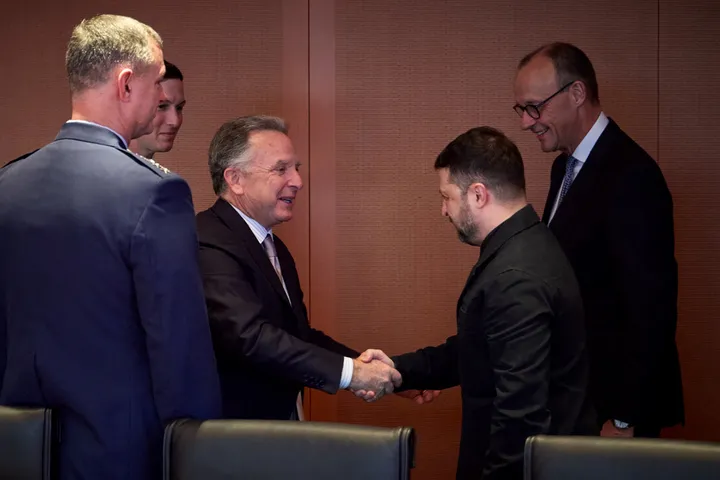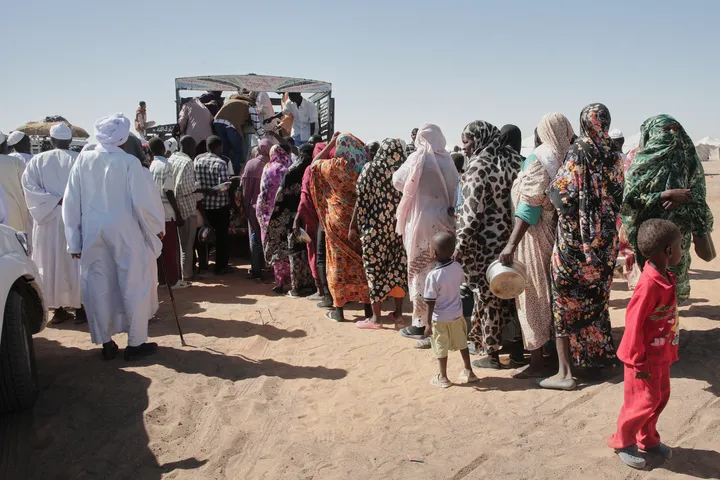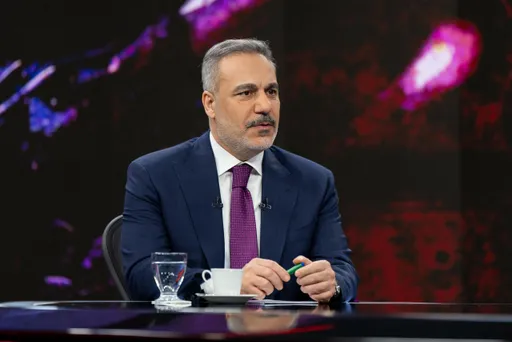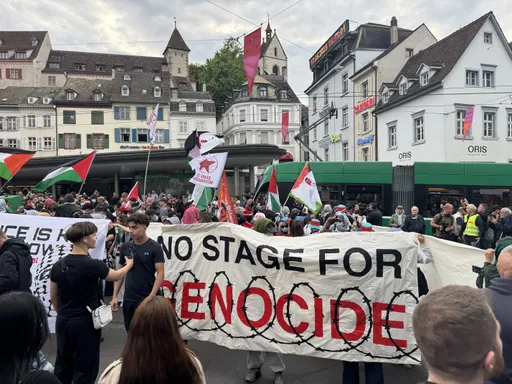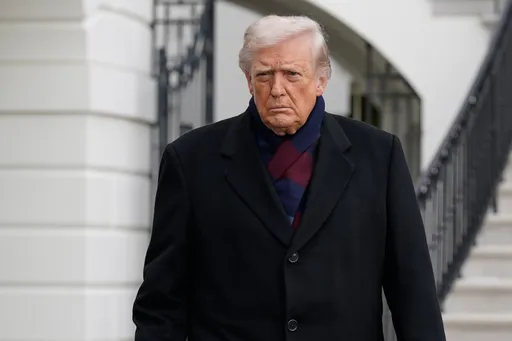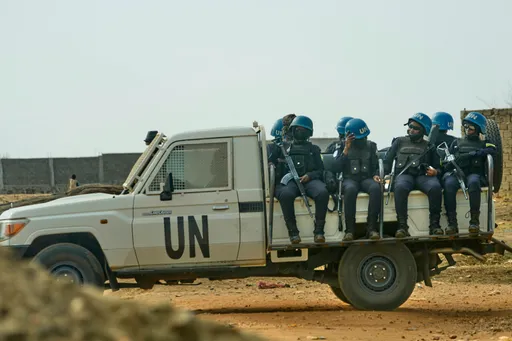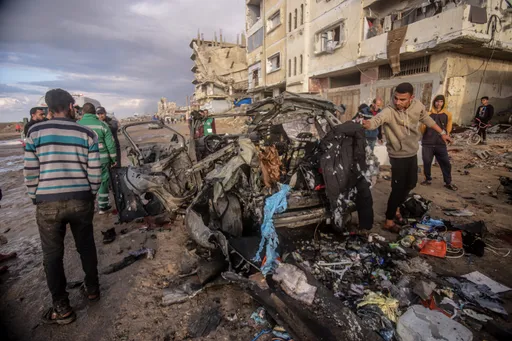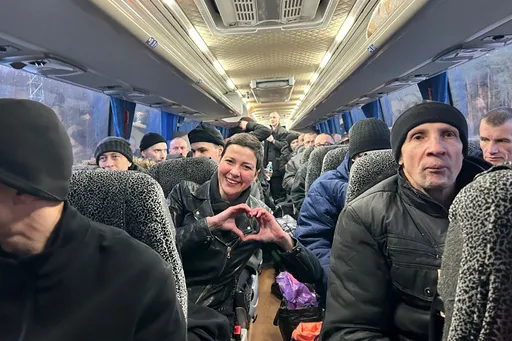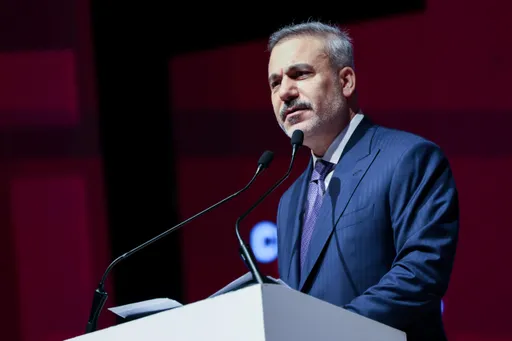Sudan’s ousted top civilian leader, Abdalla Hamdok, and coup leaders have reached a politically rare agreement, which will allow him to resume charge as Prime Minister after last month’s military intervention led to his ouster from the premiership.
But the deal brokered by the National Forces Initiative, a Sudanese group, has angered anti-coup opposition forces, including the Forces of Freedom and Change, the biggest opposition group, which were instrumental in bringing Hamdok in power in the first place back in 2019.
“No negotiation and no partnership and no legitimacy for the putschists,” said the group, which was also part of the Hamdok’s government before the coup.
Sudanese politics has been going through ups and downs since the country’s revolution ousted the former regime of Omar al Bashir, a military dictator, two years ago.
While ongoing protests were the main force behind bringing Bashir’s regime down, the former dictator’s generals like Abdel Fattah al Burhan have not been willing to leave power so easily to civilian leaders like Hamdok.
Even though both sides signed a power-sharing agreement in August 2019, Burhan, the chair of the Sovereignty Council, a temporary ruling body designed by the deal, was unhappy about turning his leadership to a civilian member according to the agreed timetable.
It should have happened this month, but before that time came, Burhan and his generals ousted Hamdok and his cabinet in late October, dissolving constitutional bodies including the Sovereignty Council, which was formed to oversee the country’s transitional period to a full democracy.
However, Hamdok, who was put under house-arrest, and his pro-democracy allies have defied the coup as thousands of Sudanese have continuously protested the military intervention since October. According to different groups, at least 40 people protesting against the military rule were killed by coup leaders.
While the military’s crackdown on peaceful demonstrators turned the protesting sites into bloody scenes, Hamdok and his advisers met coup leaders, negotiating the country’s future.
Burhan has already signalled that he wanted to reinstate Hamdok to the prime ministry post, but the embattled prime minister has demanded the fulfillment of certain conditions for his return to power.
“He clearly said that the only way he will be agreed to be reinstated requires the fulfillment of three conditions. One of them is that they have to release all political prisoners they put in prisons,” said Khalid Mustafa Medani, a prominent Sudanese political science professor, who is also the chair of the African studies program at McGill University, in a previous interview.
“Number two is that all constitutional declarations agreed in 2019 have to be returned in full, including all the articles that were repealed by Burhan. Also he wants to bring the military under the authority of civilian rule,” Medani told TRT World.
Hamdok said that he would not accept any mission if the military did not fulfill those three conditions. But the recent deal between Hamdok and Burhan does not appear to comply with all of Hamdok’s conditions.
What’s the deal?
Across the world, it’s not so usual to see coup leaders reinstate a civilian leader they had already ousted. So if they displaced a leading politician in the first place, why did they want to reinstate him after that?
That question’s answer is not clear in the current Sudanese context. Usually, after military coups, either ousted civilian leaders were totally wiped out from the political scene by putschists or pro-democracy forces were able to defeat generals, forcing them to face justice.
But in Sudan, an unlikely political scenario plays out as putschists and the ousted prime minister appear to agree to work together once again. So what’s the agreement?
According to the deal, the first step would be to release all political detainees, including protesters. This is also one of Hamdok’s conditions to return to power. The deal also provides the formation of a committee, which will investigate protests after the coup.
Second, the military will also allow Hamdok’s cabinet members to return to their jobs, functioning as they were doing prior to the coup.
Third, the deal also promises to bring all paramilitary groups like Rapid Support Forces, which operate side-by-side with the military under unified army control. But this is something so tricky concerning how powerful Rapid Support Forces have been across the country for a long time.
Crucial part
Among others, the fourth part of the agreement appears to be the most important clause, explaining why most of the country’s anti-coup political groups oppose the deal.
This part of the agreement says that Sudan’s interim constitution, enacted after the power-sharing deal, should be changed to include articles regulating the relationship between civilian leadership and military generals.
This crucial part does not indicate whether the reinstated Hamdok government can resume the implementation of constitutional declarations, whose key provisions were repealed by coup leaders led by Burhan after the military intervention in October.
Instead, the deal offers to amend the constitution, which means the military seeks concessions from the Hamdok-led civilian government in terms of leading the country during and after the transitional period.

